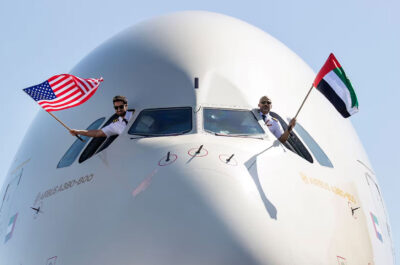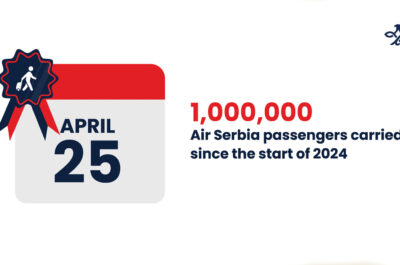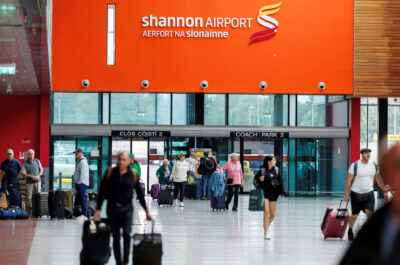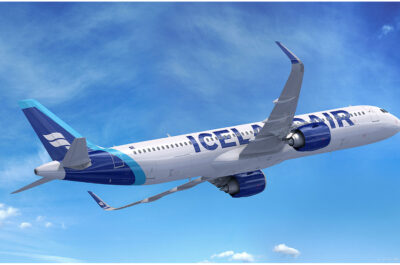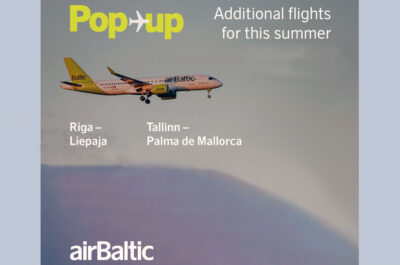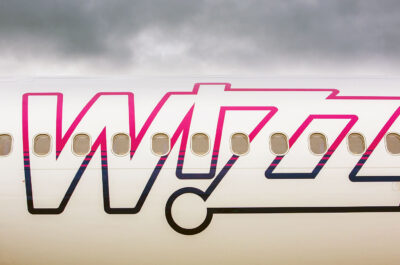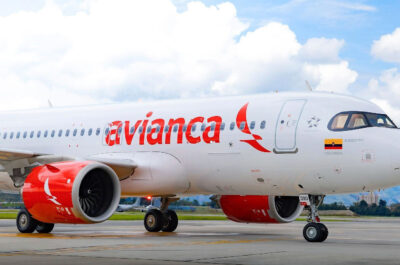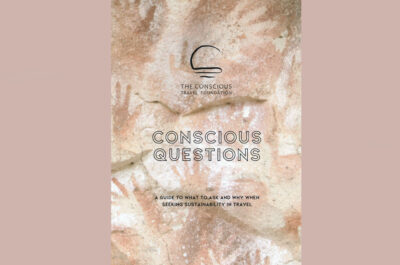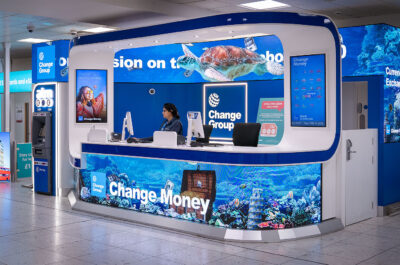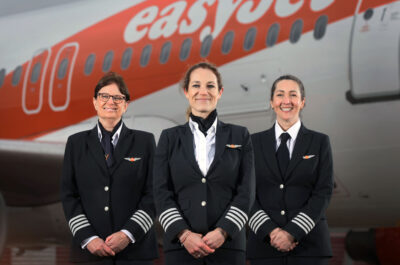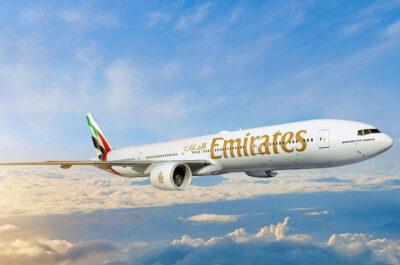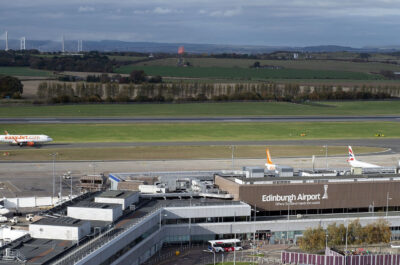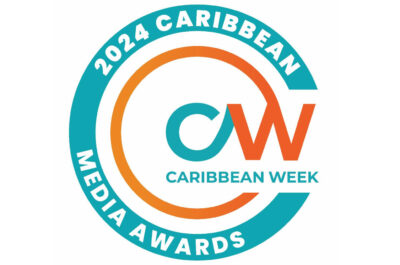While touting only 12 conflicting non-stop flights, AA/USAir actually overlap on connecting-flight routes between more than 760 markets.
WASHINGTON, DC – A recent Consumer Travel Alliance (CTA) study shows US Airways (USAir) and American Airlines (AA) routes overlap far more than previously reported, undermining one of the strongest arguments for allowing the two airlines to merge.
While the merger has been positioned by leaders of US Airways and American Airlines as a blending of “complementary” route structures with only 12 overlapping non-stop routes, the CTA study shows that the AA/USAir merger will, in fact, eliminate connecting-flight competition between these airlines on routes between more than 760 markets.
“Consequences to airline competition could be dramatic,” says Charlie Leocha, Director, Consumer Travel Alliance. “Far from being an all-but-benign combination of airline routes, this merger has the potential to clobber competition in hundreds of markets across the country.”
According to the study, 40 percent of American Airlines’ connecting routes have overlap with US Airways and 30 percent of US Airways’ connecting routes overlap with American Airlines. CTA predicts that competition will suffer dramatically when these two airlines merge, leaving other current competitors to compete with a bulked up airline at many non-hub cities. On some connecting routes, competition would be all but eliminated.
“Of course there are only a few non-stop competitive routes, because that is the way hub airlines work. Real competition between network airlines takes place through connecting flights,where these two airlines compete now, but will not after the merger,” notes Leocha. “The Consumer Travel Alliance study suggests that this does not bode well for consumers as this all but guarantees higher prices between those connecting markets.”
When 30 to 40 percent of competitive routes between two of the four largest airlines in the country disappear in a merger, consumers are sure to face a far less competitive aviation landscape. Here are a some examples from the 761 options where there are competing connecting flights:
- Washington-Reagan (DCA) to Houston (IAH) – US Airways connects in Charlotte with its flights to Houston. American uses Dallas and Chicago for connections to Houston.
- Pittsburgh (PIT) to New Orleans (MSY) – A flight from Pittsburgh to New Orleans on US Airways would connect in Charlotte or Denver and the competing American Airlines would connect in Dallas, Miami or Chicago.
- San Diego (SAN) to Tampa (TPA) – US Airways connects via Charlotte or Phoenix and American Airlines connects via Dallas.
- Albuquerque (ABQ) to Boston (BOS) – US Airways connects in Phoenix and American Airlines connects in Chicago or Dallas.
“The powers that be in Washington at the Department of Justice and in Congress need to take a close look at these connecting markets,” says Leocha. “It is unhealthy for the economy and will be expensive for consumers, both leisure and business, should our aviation sector shrink to only three major network airlines.”
Now is the time for the Department of Justice to examine how this merger between AA and USAir will affect the competitive landscape including both non-stop flights and connecting flights. The Consumer Travel Alliance study demonstrating lost competition on connecting routes needs to be taken into account as this merger is considered and its effect on consumers is analyzed.
Vicky is the co-founder of TravelDailyNews Media Network where she is the Editor-in Chief. She is also responsible for the daily operation and the financial policy. She holds a Bachelor's degree in Tourism Business Administration from the Technical University of Athens and a Master in Business Administration (MBA) from the University of Wales.
She has many years of both academic and industrial experience within the travel industry. She has written/edited numerous articles in various tourism magazines.









